Microscopy of Eggs from Our Chickens
As well as store-bought eggs from battery hens and organic eggs from pasture raised chickens
Our chickens
My brother-in-law asked me to do microscopy on the eggs from our chickens. I wanted to compare them to the cheapest store-bought eggs I could find and the most expensive ones that are organic from pasture raised chickens. The cheapest eggs cost $ 3.35 for 6 eggs (0.59/egg) and the most expensive ones cost $ 10.76 for 12 eggs (0.90/egg). Our eggs aren’t exactly free as we buy organic chicken feed, lettuce, watermelon and we give them home grown papaya which they love. We also buy bags of wood chips to cover the floor in the coup and it’s work taking care of them.
On the left is the cheap battery hen egg, in the middle is an organic egg from pasture raised chickens and on the right is an egg from our own chickens.
I began checking the above samples in bright field, checking the egg white and the yolk separately.
Battery Hen Egg
Here is the egg white of the cheap egg in bright field:
There is not much to see here. Egg white is mostly water and some albumin. I checked it in dark field:
It has a few long bright streaks which I think could be protein strands. The out of focus round shapes are etched into the slide; disregard them.
After leaving the slide out while examining the other eggs which took about an hour, the following appeared in dark field in the drop of egg white. I checked the other two egg whites of the organic egg and our egg and they didn’t develop these structures:
These could be crystallized protein strands, but the question remains why these developed only in the battery hen eggs. I found the reason after some searching and describe it at the end of this article.
The egg yolk was unremarkable. Cheap egg yolk in bright field:
In dark field:
Organic egg from pasture raised chickens
The organic, pasture raised egg showed the following egg white in bright field:
And in dark field:
I believe this is a strand of protein that seems to be crystallizing.
The egg yolk in bright field had some bubbles which I could even see macroscopically as being air bubbles:
Here in dark field with air bubbles:
Our Chicken’s egg
Here is an image of the egg white in bright field which is unremarkable:
Here is a dark field image:
It has bright structures the other eggs didn’t have. Here is a close up of one of them:
It looks similar to a hydrogel, but the video shows no quantum dots or anything moving. I don’t think it’s a hydrogel but crystallized protein.
Here is our egg’s yolk in bright field:
It’s unremarkable except for a few air bubbles. In dark field as well it’s unremarkable.
In summary, nothing was moving in any of the samples which means no bacteria and no quantum dots were present. It seems the cult hasn’t gotten around to “vaccinating” our eggs yet.
The reason why the battery hen egg white seemed to form strands the others didn’t could be that their pH was different and/or they contain certain cations such as K+, Fe+, Pb+ (which is lead) and Cd+ (Cadmium)that change the egg white gelation. This indicates that battery hens could be exposed to toxic metals such as lead and cadmium that the other hens were not. Microscopy can’t give a chemical analysis, but it can be an indirect indication of toxic metal exposure of battery hens. In conclusion, I wouldn’t eat eggs from battery hens.






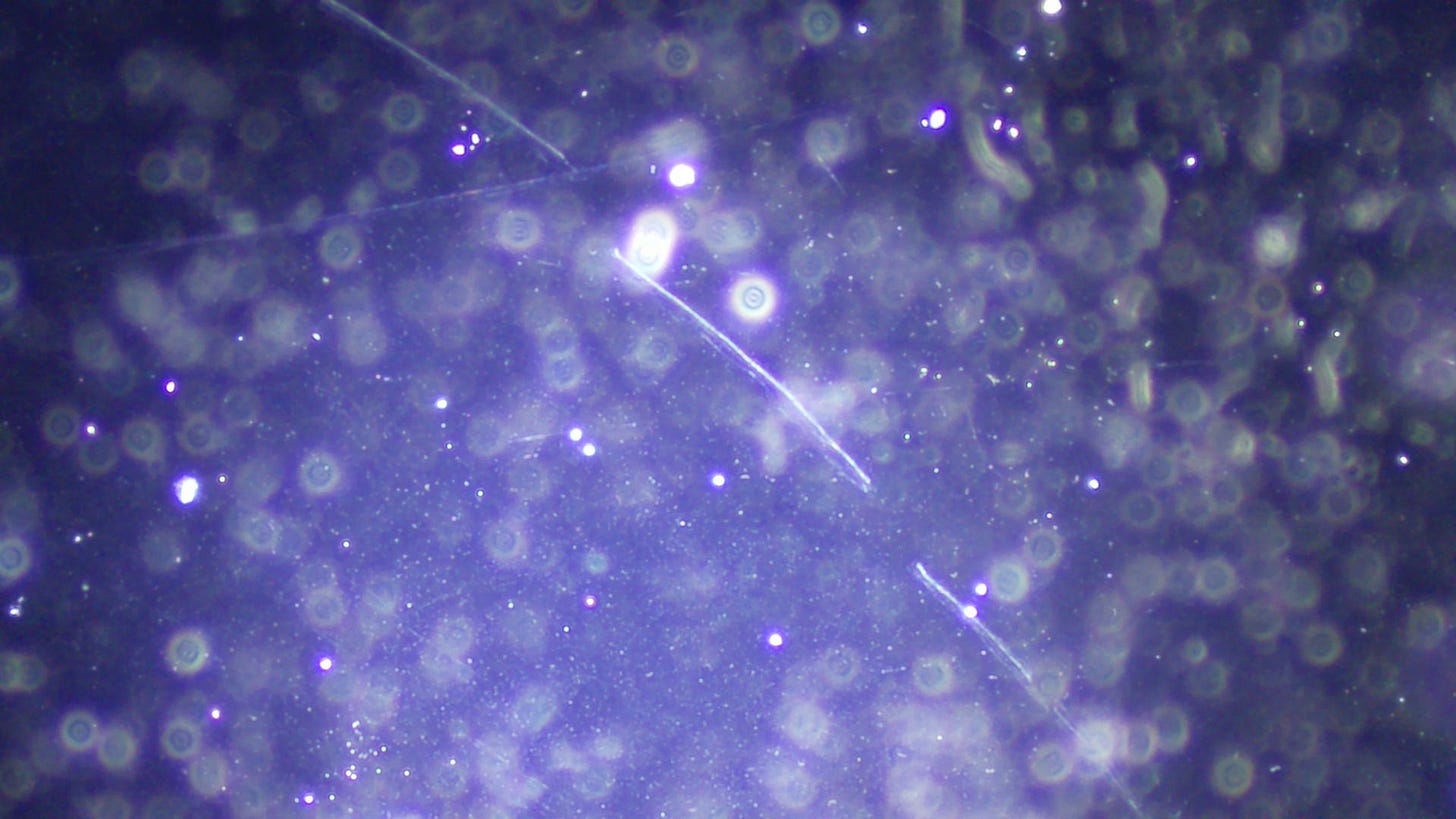


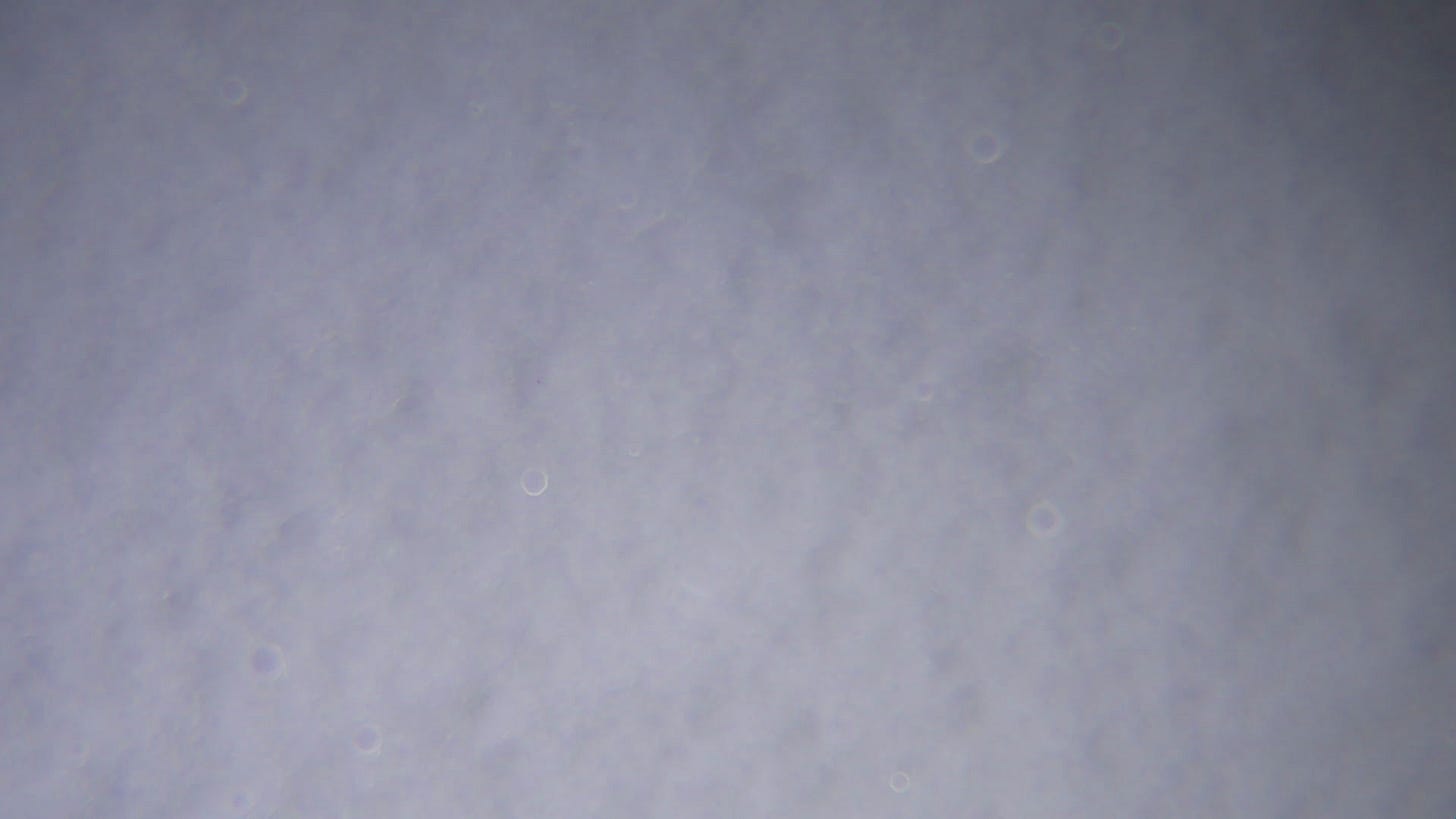


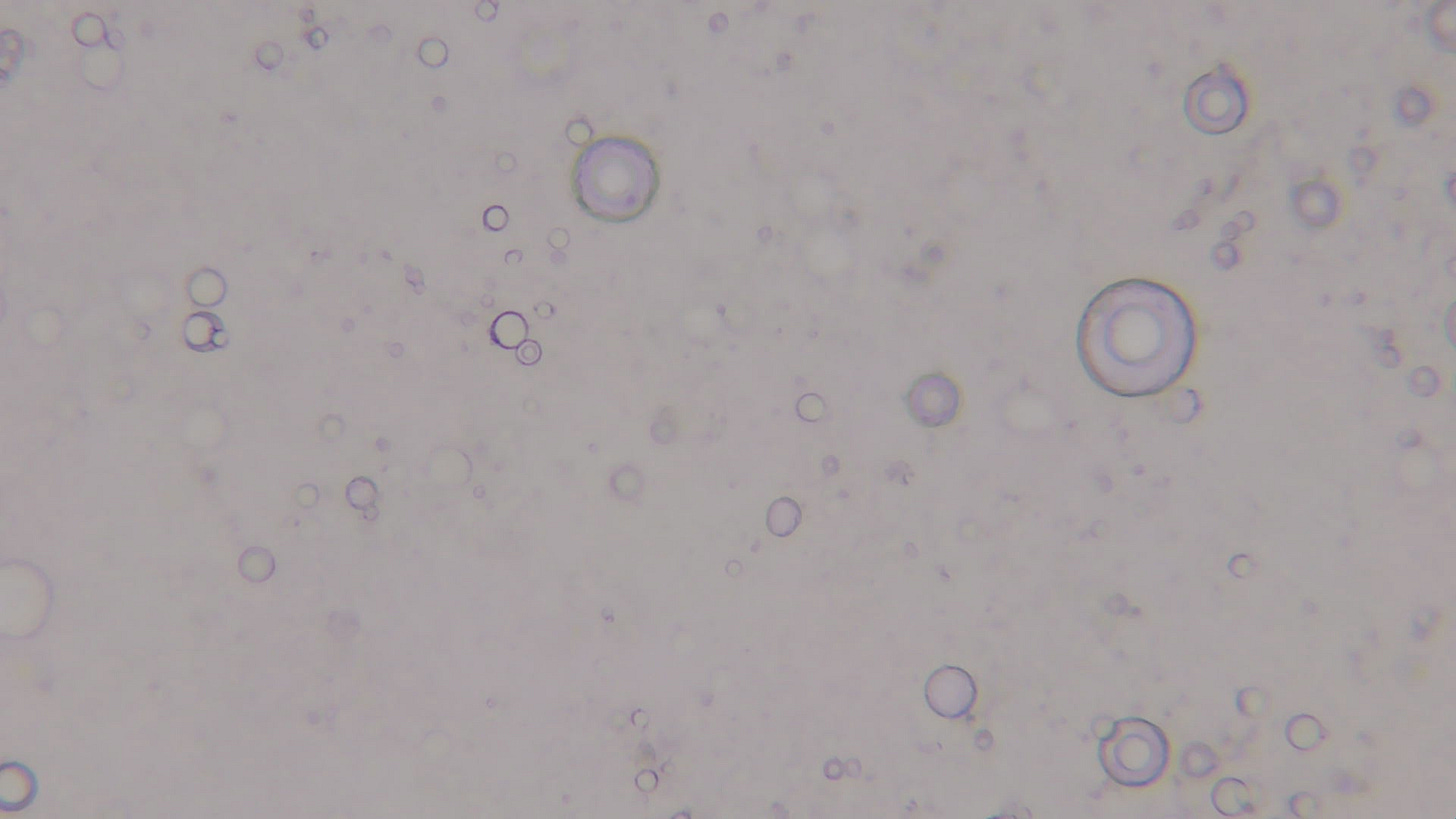
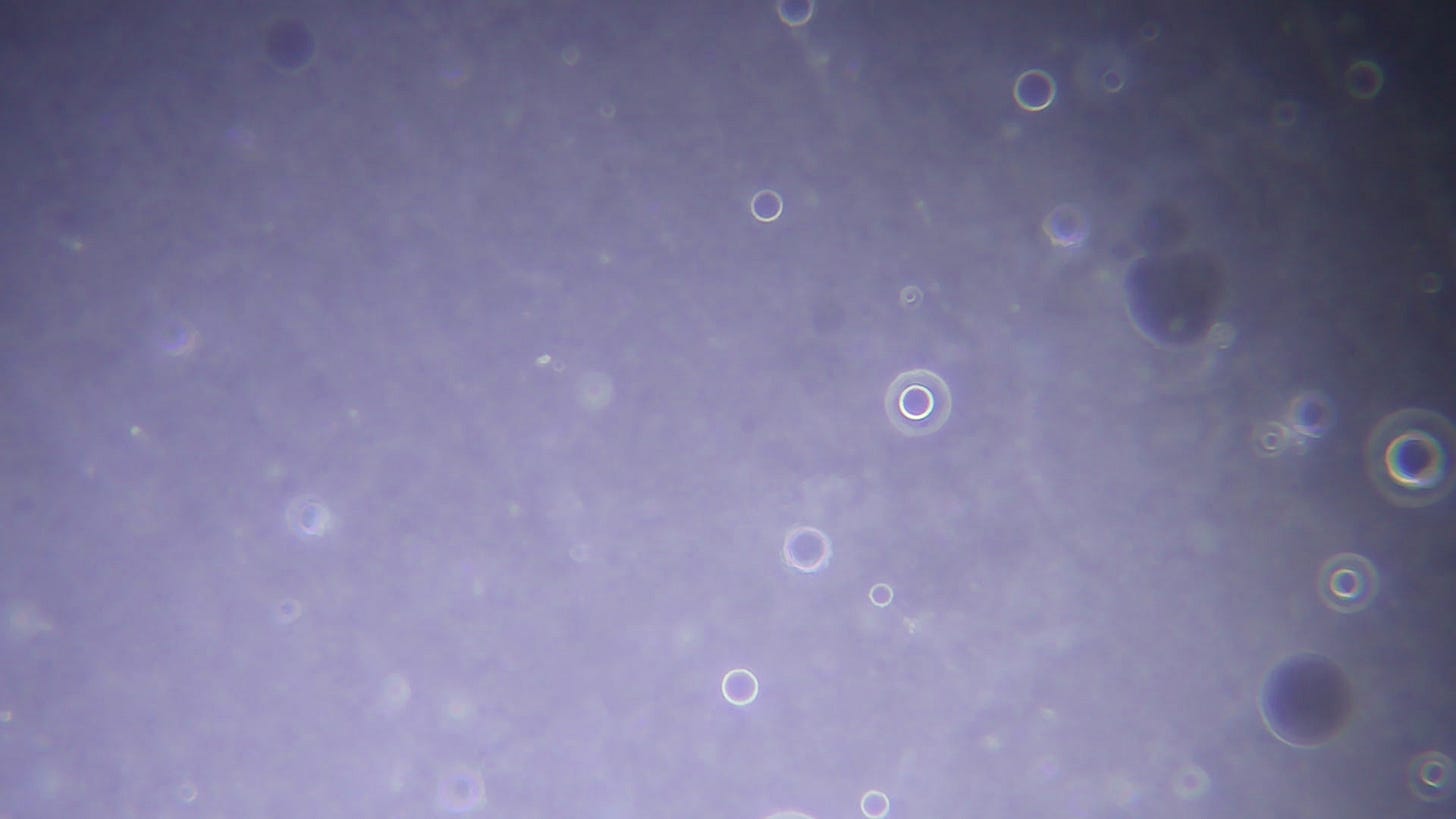
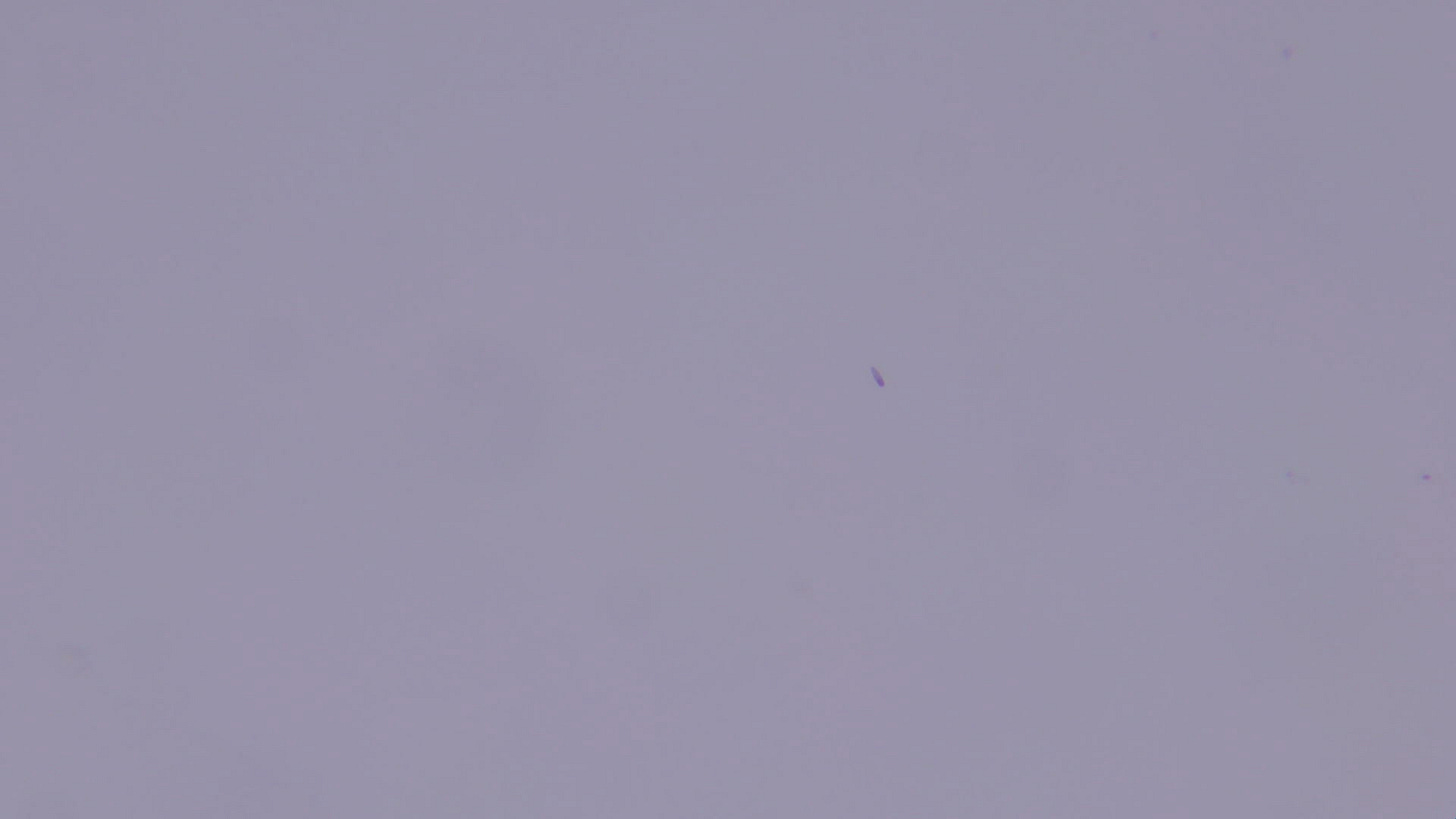

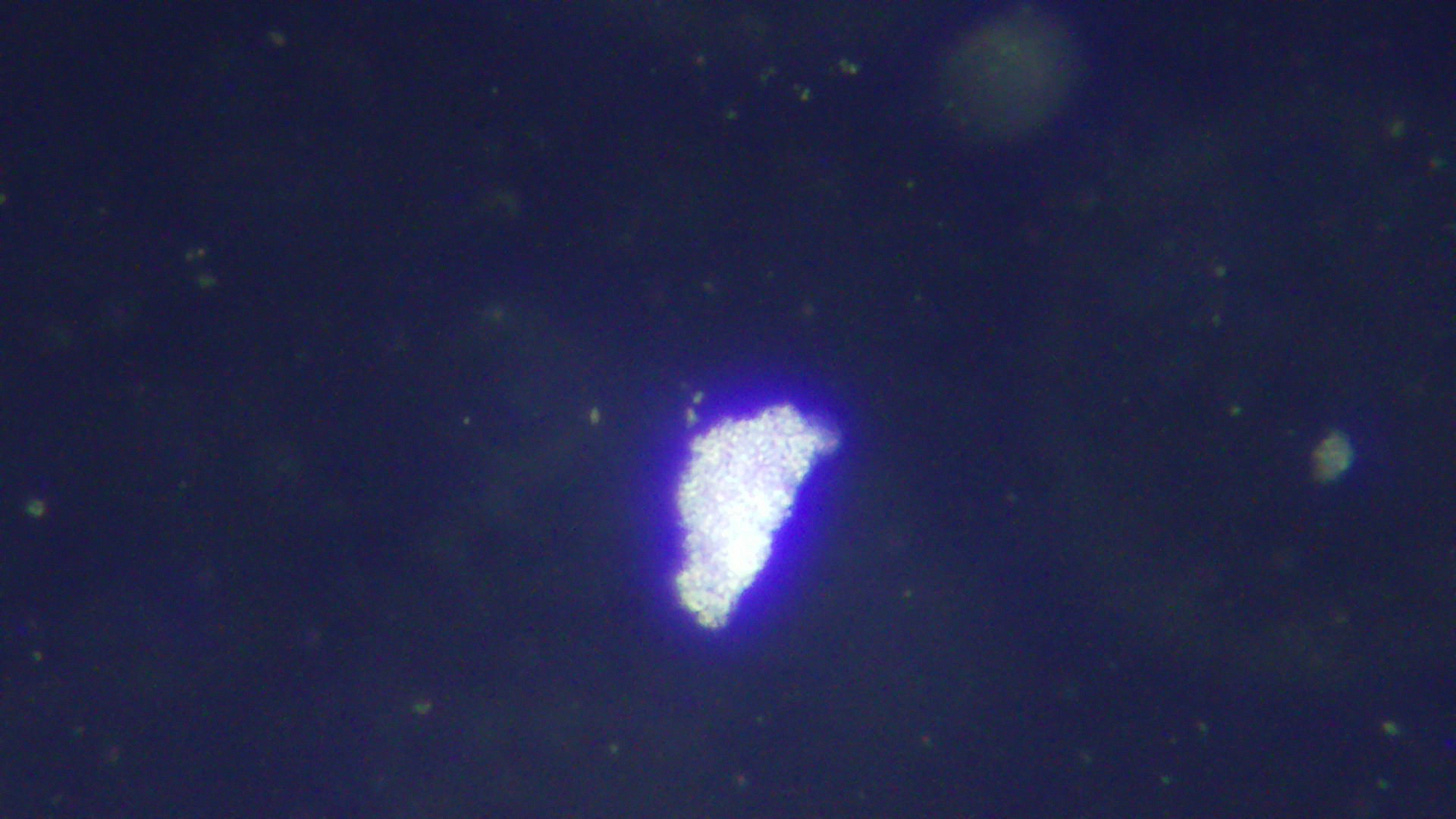
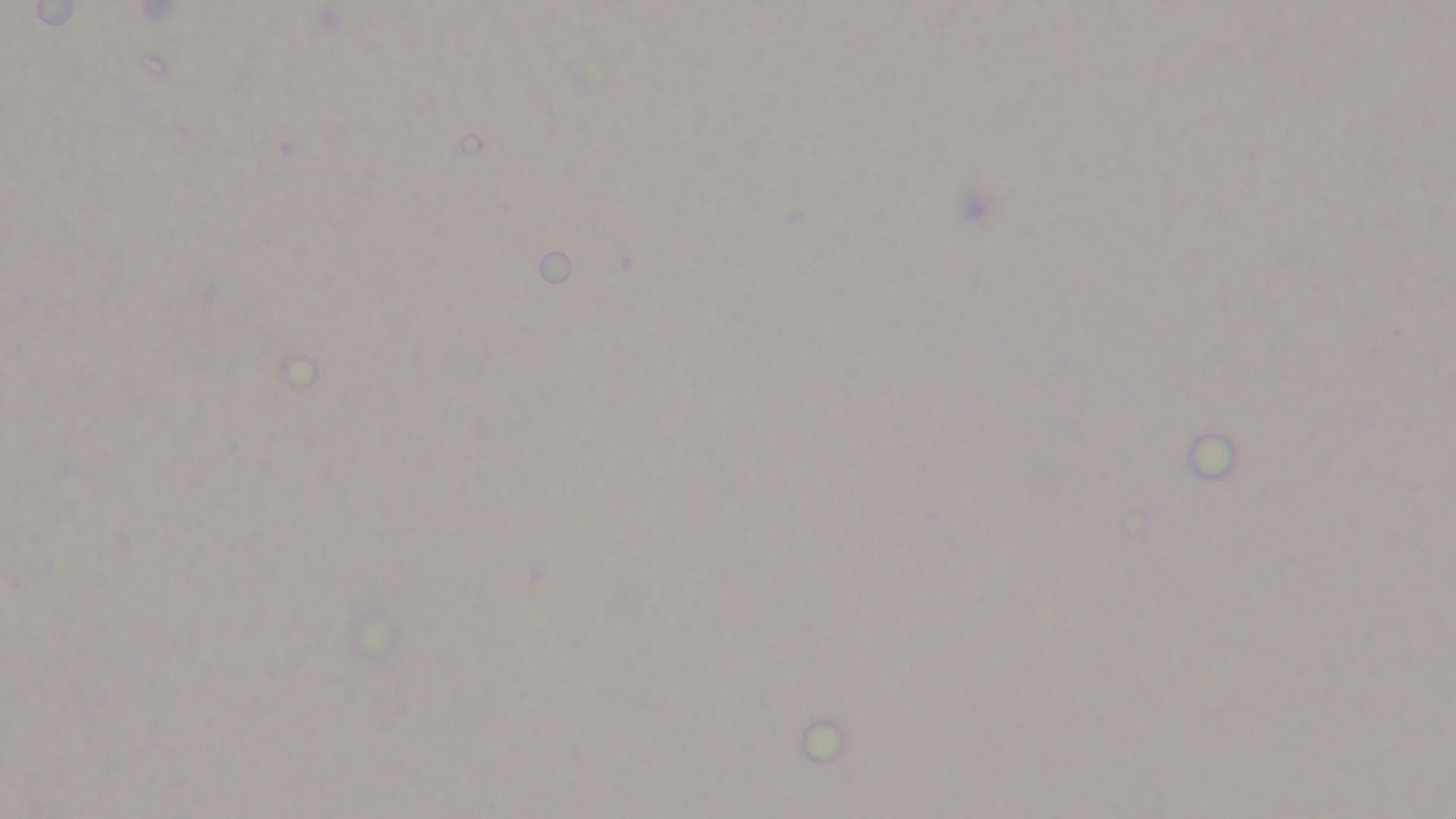
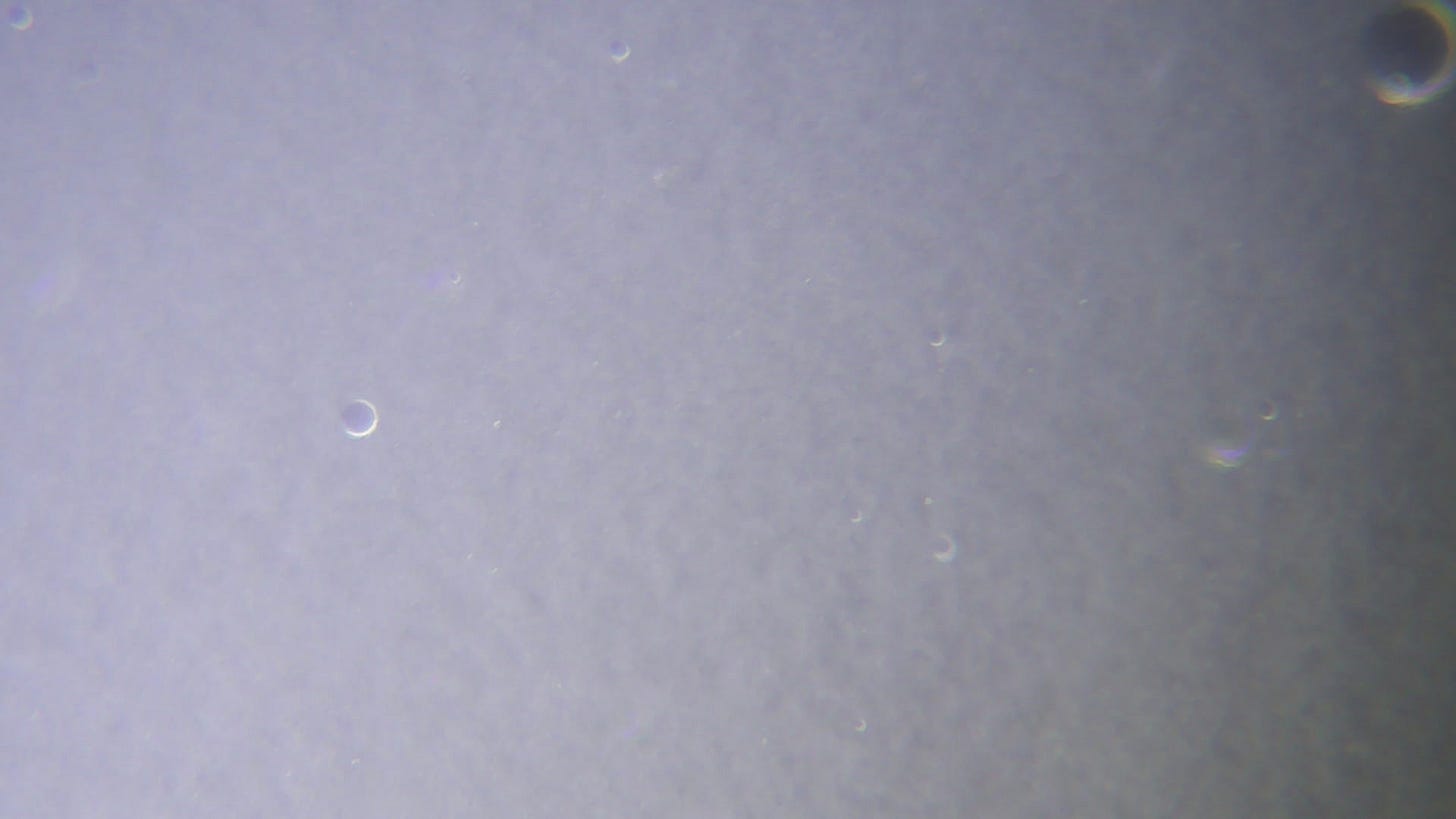
Interesting how prices differ from place to place. I’m in west Palm Beach FL. I’m boycotting Aldi for life as they imposed vaccine passports for people in Germany to shop food during covid.
Thank you for the information. I don't eat battery hen eggs anyway, because of their toxicity but also because of the inhumane living conditions of these poor creatures.